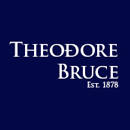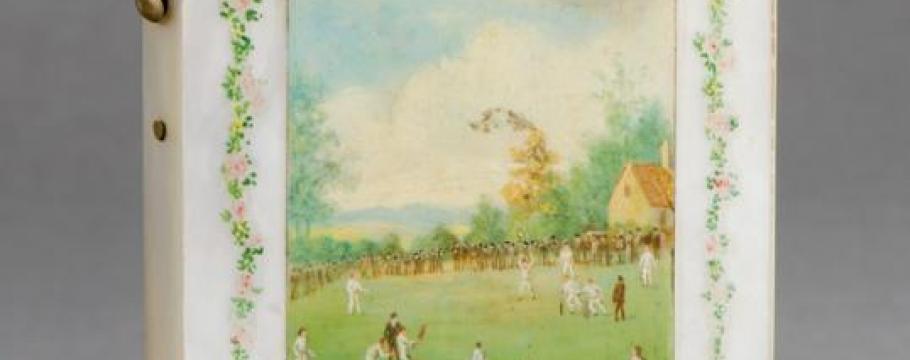
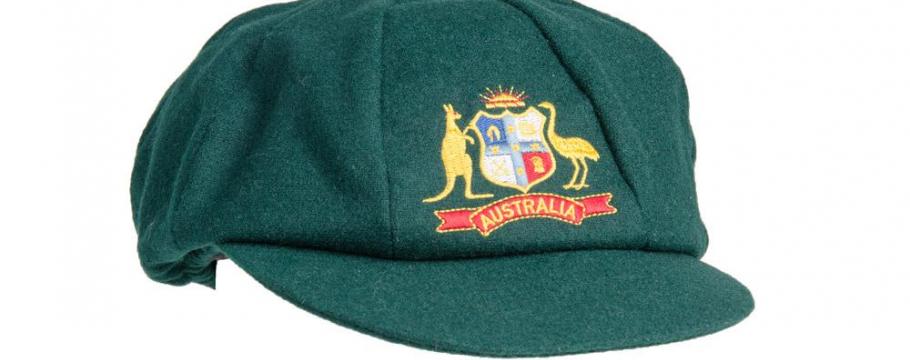
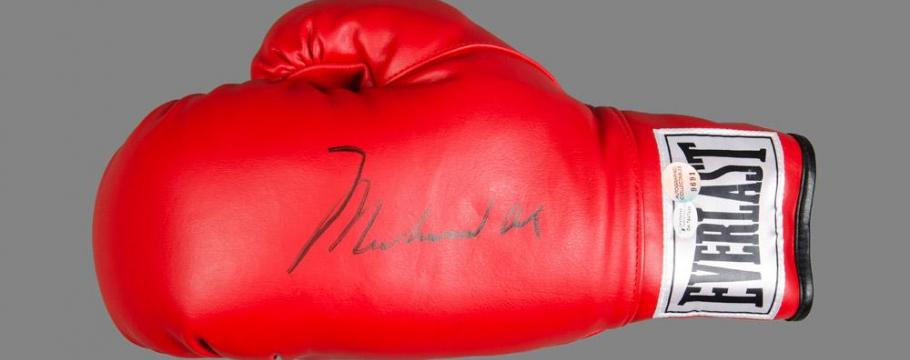
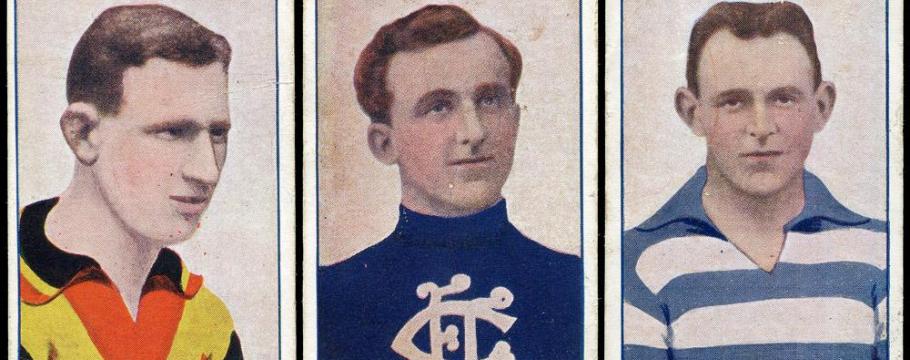
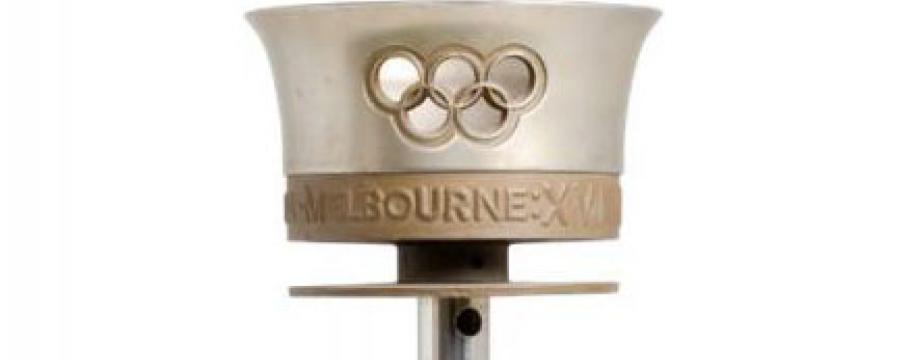
Cricket lover's unusual homage a sporting memorabilia auction attraction
Author: Richard Brewster | Posted: 20th February, 2014
An ornate mother-of-pearl, hand painted visiting card case commissioned by the second man to ever captain an English cricket team, the Honourable George Harris, was undoubtedly a unique way to pay homage to the sport he loved – given that most would have settled for a stump, bail, bat, ball or item of clothing.
He even had the case painted with a cricket scene on one side and a self-portrait on the other.
George Harris later sat in the House of Lords and became Governor of Bombay. Such was his obsession with the sport, when riots erupted in Bombay in 1893, Lord Harris refused to return for nine days while attending cricket matches in the provincial city of Ganeshkhind – and when he did finally turn up it was only to attend another game.
No wonder he was not warmly regarded either at home or abroad, with one of his countrymen describing him as “an antediluvian old tyrant”.
A symbol of English upper class engagement in cricket during its formative years, the card case dates from 1870 and will be part of Mossgreen’s sporting memorabilia auction from 10am Tuesday February 25 at 926-930 High Street, Armadale.
“This superb and rare piece of cricket memorabilia is almost impossible to categorize,” says Charles Leski.
“Yet it tells us so much about the history of cricket by providing an insight into a game that remains hugely popular among millions of people despite taking five days to resolve.”
The auction also contains a torch from the 1956 Melbourne Olympics – officially known as the Friendly Games.
Any torch from the first Olympics to be held in the Southern Hemisphere is much in demand.
Most torches are fiercely protected by the carriers or their families, and few are offered for sale on the open market.
Two baggy green Australian Test caps – one owned by Alan Connolly (from the 1968 Ashes series) and the other by Geoff Marsh (1986 tour of India) – are bound to attract plenty of attention.
The baggy green as we know it today dates back to the dawn of the 20th century and there are fewer than 450 members of the Baggy Green Gentleman’s Club.
Successive captains have had different systems of awarding the cap to new Test players.
Steve Waugh introduced a short-lived tradition whereby players would receive their baggy green from a past player of similar discipline (batsman, spin bowler, etc).
Ricky Ponting chose to personally confer the cap, while Mark Taylor insisted all players wear the baggy green during the first session in the field.


